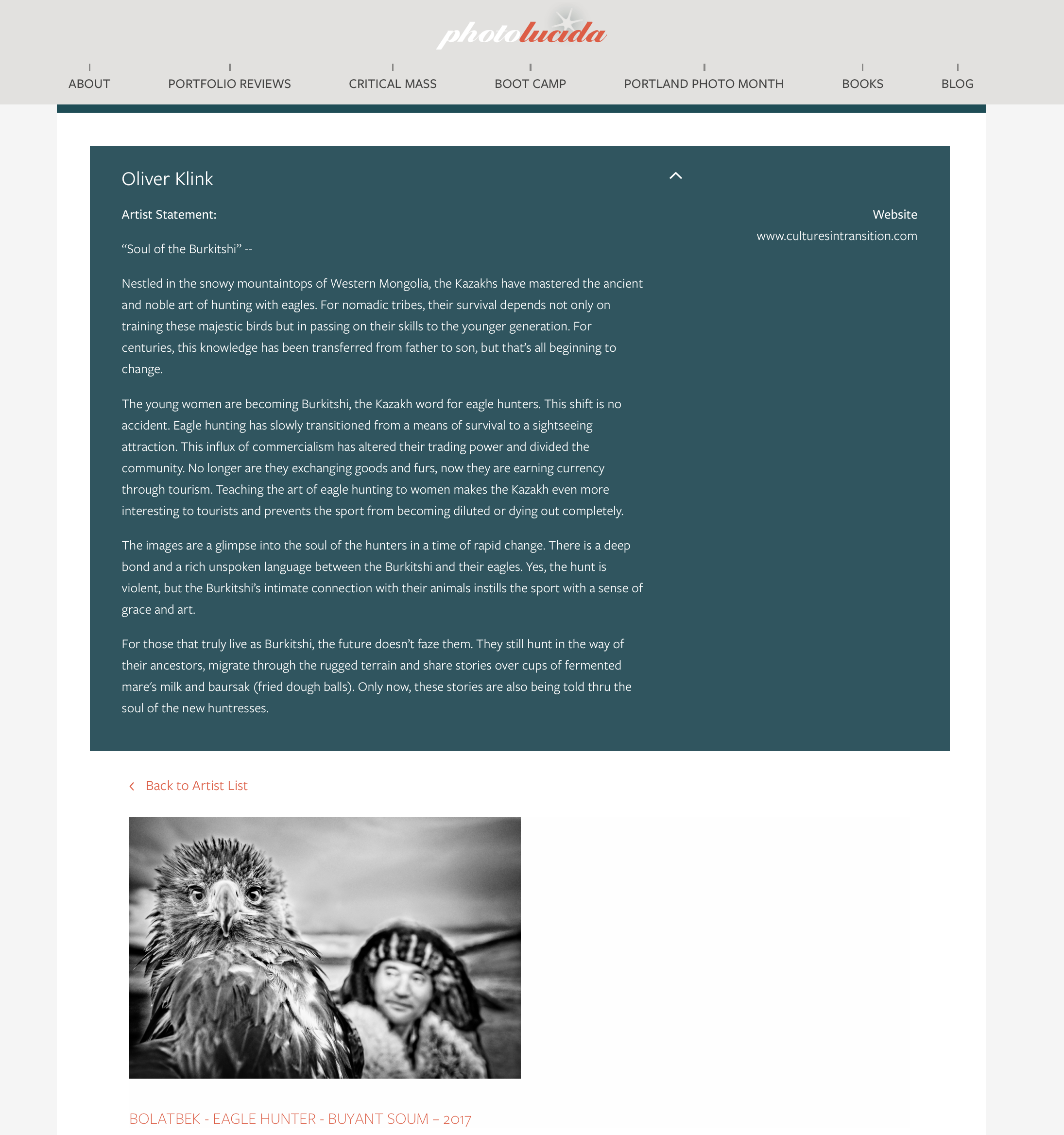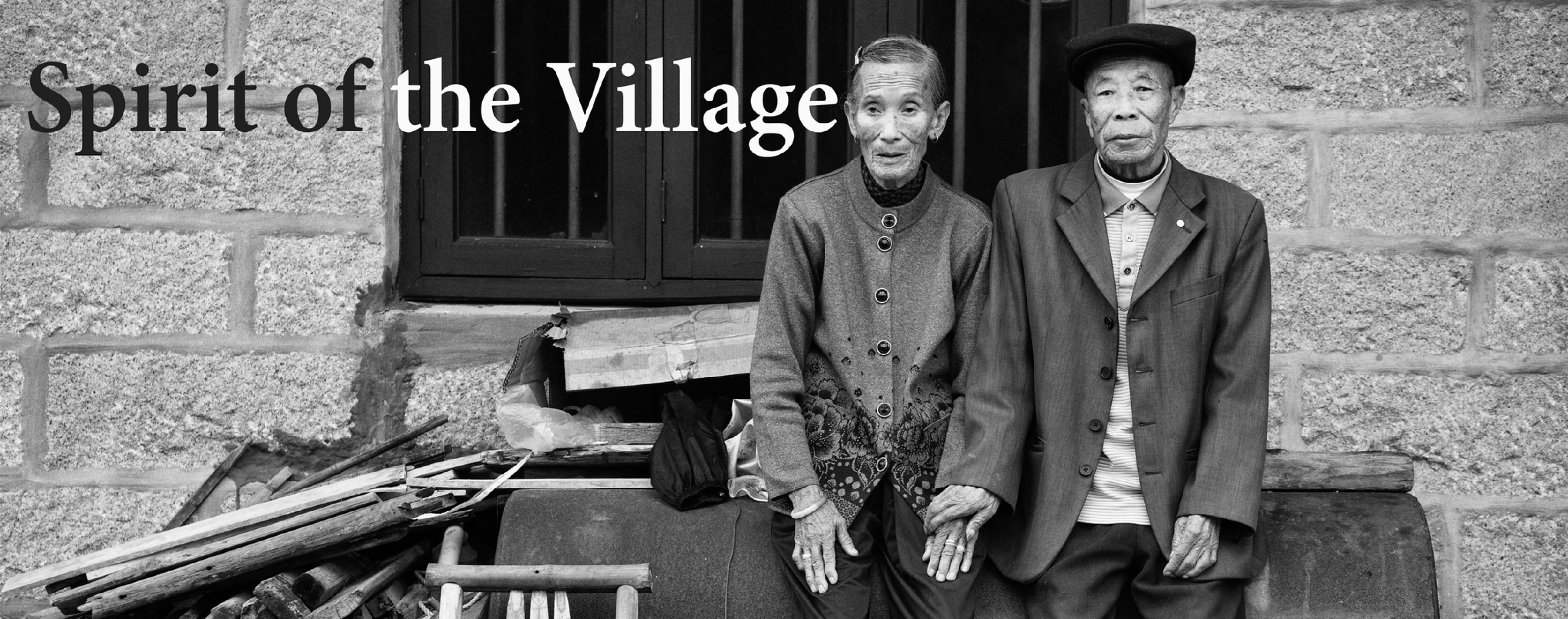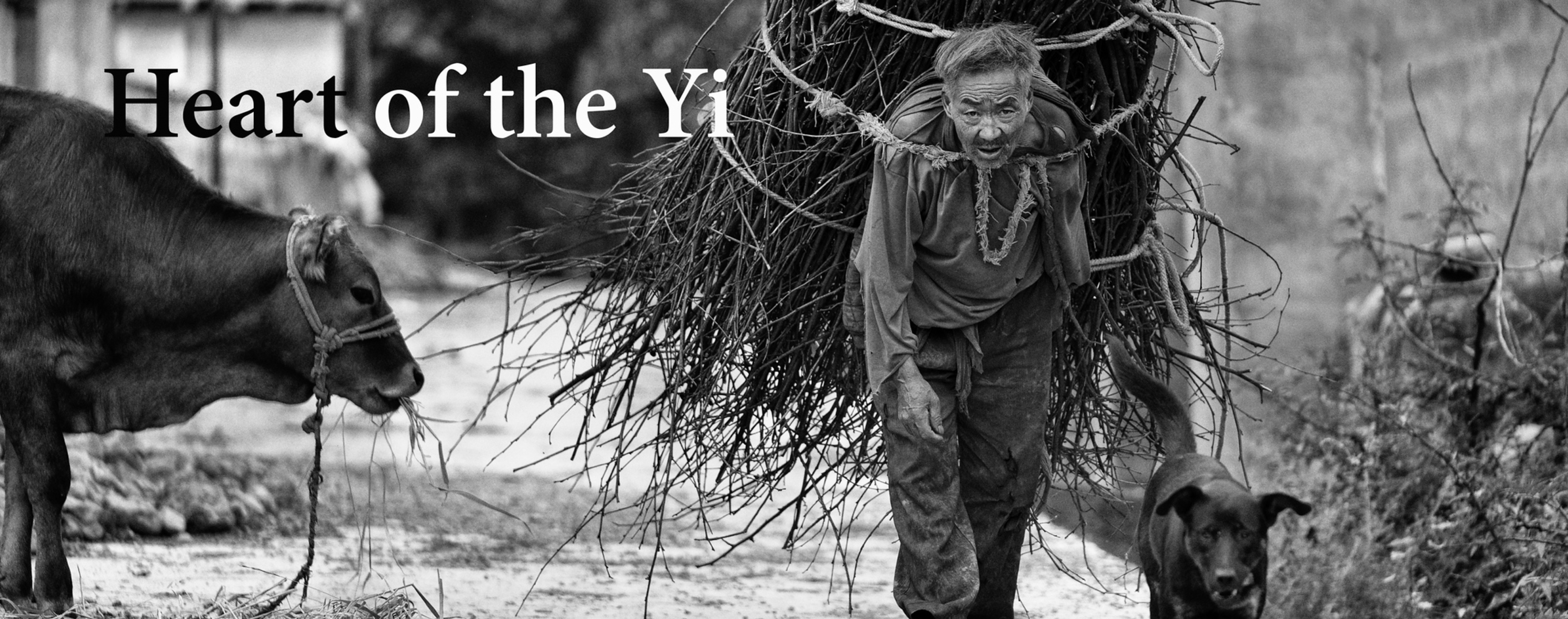
What is Critical Mass? The aim of Critical Mass is to provide participants with career-building opportunities and to promote the best emerging and mid-career artists working today. Critical Mass is about exposure, connection, and community – as well as some very notable awards! Photolucida is excited to once again offer our Critical Mass MFA Student Scholarship Awards this year.
How is the selection done? Critical Mass gets photographers’ work in front of 200 top museum curators, gallerists, publishers, editors, and media producers. That’s a lot of eyes. As an individual photographer, it’s difficult to make connections with professionals at this level – much less with 200 of them. In Critical Mass, photographers (from anywhere) submit a 10-image portfolio. The 200 finalists who proceed past the first, pre-screening round then have their work reviewed and voted on by the full panel of 200 jurors. It’s an unprecedented way to get your work in front of the right people!
Who are the jurors? Our Critical Mass jurors are an international group of industry professionals representing a wide variety of photographic interests. We make a great effort to invite a wide range of professionals in the field (gallery owners, agency art buyers, curators, publishers, editors, media producers, etc.). In addition to seeing the work during the online voting process, jurors also have access to a database of the finalists’ work for future reference.
I am honored to have been selected as Critical Mass Top 50 (2016 & 2018) and Critical Mass Top 200 (2017). All three projects that I submitted are included in my monograph – Cultures in Transition: Spirit, Heart, Soul. More information can be found at www.culturesintransition.com
In 2016, I submitted the first chapter: The Spirit of the Village. Entering a village is stepping back in time. Narrow streets, sometimes paved, most of the time dirt paths. Un-numbered homes are the norm, as everybody knows each other. Streets wind in un-orderly fashion over streams of running water, sometimes fresh often as open sewage. Early morning feels like a metronome wakes up. Few words are exchange among neighbors, prayers and chores get on the way, people leave to go farming. Late afternoon, the center of the village gets busy as daily stories are shared over many types of beverages. People retreat to their home when darkness approaches. Description might be symbolic but the feel is pretty accurate. My interest was to capture the inner belly of the Village, what happens inside people’ homes, how they think, how they feel. Spirit of the Village is changing, mainly affected by the modern world innovation. Rapid changes often comes at the cost of old-world customs, rituals and social relationships. This is especially true in Asia, where a search for new opportunities in urban areas has led to a mass exodus of the middle generation in rural communities. Those left behind are balancing a growing tension between the cultural diversity of the past and the homogenized present. Villages are populated by those on opposite ends of the generational divide — grandparents and children. The net result often creates a situation where those desperately looking to preserve tradition are caring for those most-willing to embrace change. From a western perspective it may look like time stands still in the Village, and it some ways it does, but below the surface there exists a struggle between old and new, tradition and modernity that ultimately must come into balance as villagers hold onto their Spirit while coping with the reality of a modern world.

In 2017, I entered the Heart of the Yi. For centuries, the Yi people have been surviving in the remote mountainous regions of China. In relative isolation, they have developed their own language, costumes and customs. Unfortunately, their detachment has also left them vulnerable to poverty, famine and the ever-encroaching reach of commercialism on their land. Exacerbated by the 2008 Sichuan earthquake, a disaster that killed 69,000 people, the Yi are struggling to rebuild their world as it has always been. Traveling deep in Yi territories is a trip back in time. The “last mile” is seldom as described, often restricted, but rewarding when you reach the “heart of the Yi” culture. The parents are hard at work, cultivating the land for subsistence. The young split their time between morning school, helping with daily chores, and taking care of their infant siblings. The nightly activities are basic as many of the homes have little to no electricity. But the lure of comfort in form of new homes and modern amenities has the Yi fiercely resists as they want to protect their homeland and authenticity. These images are a glimpse into the heart of the Yi. They showcase their daily joys and struggles not by embellishing them, but by showing them exactly as they are. Yes, their customs and way of life are antiquated, but their instinct of survival and resistance to change is commanding and full of hope.

And in 2018, the entry was about the Soul of the Burkitshi, the eagle hunters of Mongolia. (see statement above).
Don’t miss the opportunity to own all three body of works, with essays from Anne Wilkes Tucker, Peter Finke, Geir Jordahl, over 15,000 words detailing the journey (15 years) and the stories of all the people photographed.
Book is available as a limited edition and collector edition. www.culturesintransition/orderform
